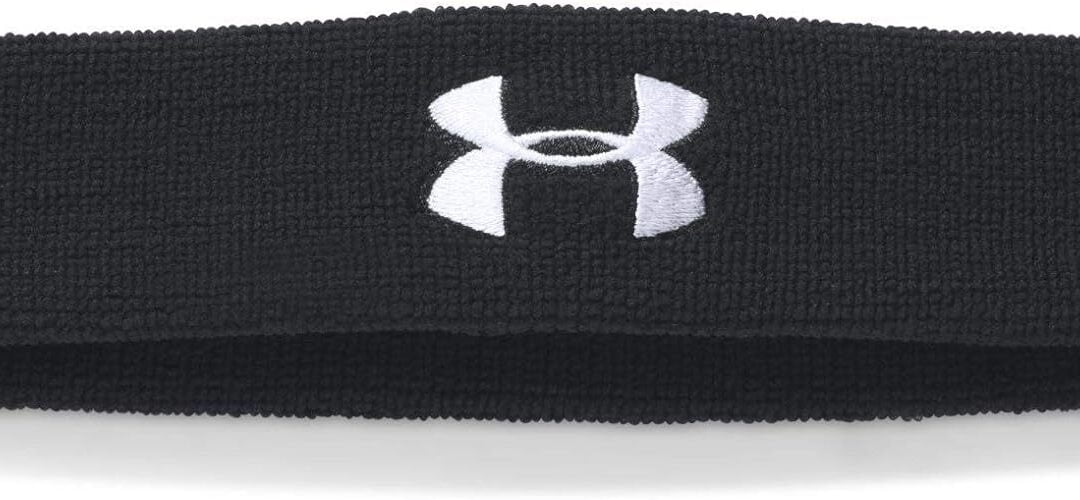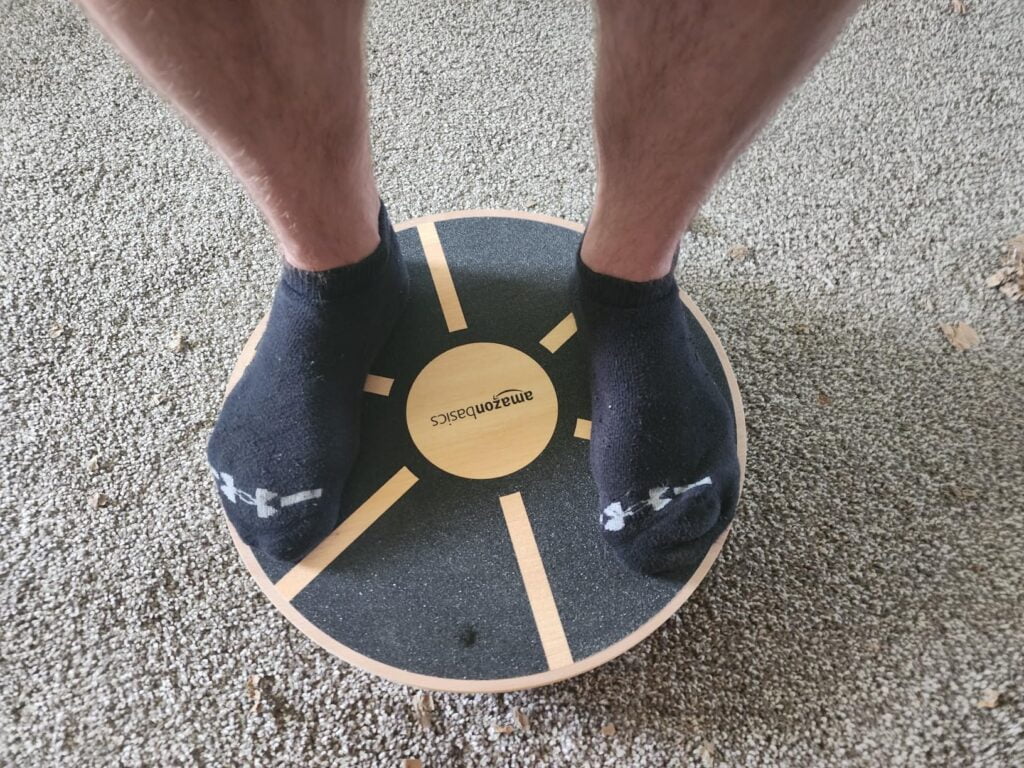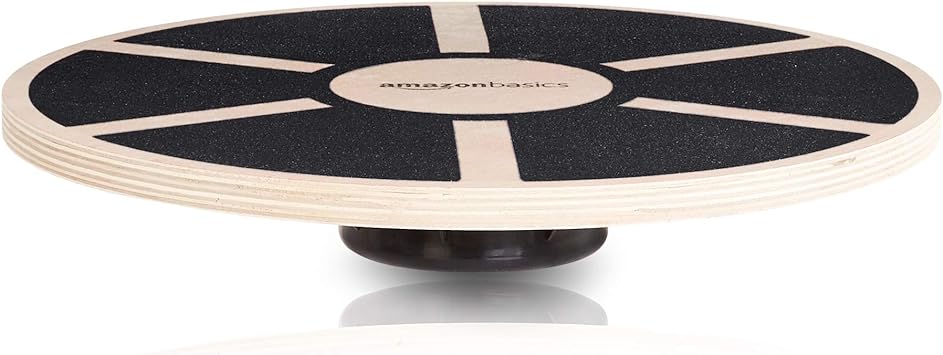Discover the benefits of sweatbands for your fitness routine. Enhance your performance and stay comfortable with these stylish and functional accessories.


A wobble board is a piece of fitness equipment that is used for balance and stability training. It consists of a circular board with a rounded bottom, which allows it to tilt and wobble when stood on. This instability forces the user to engage their core muscles and make constant small adjustments to maintain their balance. Wobble boards are commonly used in physical therapy and rehabilitation settings, as well as in fitness training for athletes and individuals looking to improve their balance and coordination.
Using a wobble board as part of a fitness routine can provide a variety of benefits. Here are some of the main advantages of incorporating wobble board exercises into your training:
One of the primary benefits of using a wobble board is improved balance and stability. The unstable surface of the board challenges the body’s proprioception, or the sense of where your body is in space. This forces your muscles and joints to work harder to maintain balance, ultimately improving your overall stability.
Using a wobble board requires constant engagement of the core muscles. These muscles, which include the abdominals, obliques, and lower back, are responsible for providing stability and support to the spine and pelvis. Regular use of a wobble board can help strengthen and tone these muscles, leading to improved posture and decreased risk of back pain.
Using a wobble board challenges your coordination and motor skills. As you stand on the board and perform various exercises, your body must make constant adjustments to maintain balance. This helps improve your overall coordination and can translate to improved performance in other activities, such as sports or dance.
Wobble boards are often used in physical therapy and rehabilitation settings to aid in the recovery and prevention of injuries. The unstable surface of the board helps to strengthen the muscles surrounding a joint, improving stability and reducing the risk of future injuries. Additionally, using a wobble board can help improve balance and proprioception, which are often affected following an injury.
Using a wobble board engages not only the core muscles but also the muscles of the lower body, including the glutes, quadriceps, hamstrings, and calves. These muscles are responsible for providing strength and stability during movements such as walking, running, and jumping. Regular use of a wobble board can help strengthen and tone these muscles, leading to improved overall strength and stability.

There are numerous exercises that can be performed using a wobble board to target different muscle groups and improve balance and stability. Here are a few examples:
Stand on one leg with your knee slightly bent and your foot centered on the wobble board. Try to maintain your balance for as long as possible, making small adjustments as needed to keep the board level. Repeat on the other leg.
Stand with your feet shoulder-width apart and your toes centered on the wobble board. Slowly lower into a squat, keeping your weight in your heels and your knees aligned with your toes. Push through your heels to return to a standing position.
Stand with one foot centered on the wobble board and the other foot extended behind you. Lower into a lunge, keeping your front knee aligned with your toes and your back knee hovering just above the ground. Push through your front heel to return to a standing position. Repeat on the other leg.
Place your forearms on the wobble board, with your elbows directly under your shoulders. Extend your legs behind you, resting on your toes. Engage your core and hold this position for as long as possible, making small adjustments to maintain balance.
Stand with your feet shoulder-width apart and your toes centered on the wobble board. Shift your weight to one side, allowing the board to tilt in that direction. Slowly shift your weight to the other side, tilting the board in the opposite direction. Repeat this side-to-side movement for a set number of repetitions.
When selecting a wobble board, there are a few factors to consider:
Wobble boards come in a variety of sizes and shapes. Some are smaller and more compact, while others are larger and provide a wider surface area. Consider your own body size and the specific exercises you plan to do when choosing the right size and shape for your needs.
Wobble boards are typically made from wood, plastic, or a combination of both. Wood boards tend to be more durable and provide a more natural feel, while plastic boards are often more affordable and easier to clean.
Some wobble boards have a fixed degree of instability, while others can be adjusted to provide varying levels of difficulty. Consider your current fitness level and goals when choosing the appropriate degree of instability for your needs.
Check the weight capacity of the wobble board to ensure it can safely support your body weight. It’s important to choose a board that is sturdy and can withstand regular use.

When selecting a wobble board, there are a few factors to consider:
Wobble boards come in a variety of sizes and shapes. Some are smaller and more compact, while others are larger and provide a wider surface area. Consider your own body size and the specific exercises you plan to do when choosing the right size and shape for your needs.
Wobble boards are typically made from wood, plastic, or a combination of both. Wood boards tend to be more durable and provide a more natural feel, while plastic boards are often more affordable and easier to clean.
Some wobble boards have a fixed degree of instability, while others can be adjusted to provide varying levels of difficulty. Consider your current fitness level and goals when choosing the appropriate degree of instability for your needs.
Check the weight capacity of the wobble to ensure it can safely support your body weight. It’s important to choose a board that is sturdy and can withstand regular use.

When considering whether to purchase a wobble board, it’s important to weigh the pros and cons. Here are some of the advantages and disadvantages of buying this fitness equipment:
Here are some reviews from individuals who have used a wobble board:

Here are some commonly asked questions about boards:
The size of the wobble board depends on your body size and the specific exercises you plan to do. A general guideline is to choose a board that allows you to stand comfortably with your feet shoulder-width apart.
While most individuals can safely use a wobble , it may not be suitable for everyone. Individuals with certain medical conditions, injuries, or limited mobility should consult with a healthcare professional before using a wobble .
The frequency of using a wobble depends on your fitness goals and current fitness level. It’s generally recommended to start with a few minutes of exercise on the wobble and gradually increase the duration and intensity over time.
While using a wobble board can provide some cardiovascular benefits, it is not a primary cardio exercise. Incorporating other forms of cardio, such as running or cycling, alongside the board exercises is recommended for a well-rounded workout.
If you have foot problems or injuries, it’s important to consult with a healthcare professional before using a wobble board. They can provide guidance on whether it is safe and appropriate for your specific condition.

A wobble is a versatile piece of fitness equipment that can provide numerous benefits, including improved balance, strengthened core muscles, enhanced coordination, injury prevention and rehabilitation, and increased core and lower body strength. When considering whether to buy a wobble, it’s important to weigh the pros and cons and consider your individual needs and goals. Overall, a wobble can be a valuable addition to your fitness routine and help take your training to the next level.
In conclusion, a board is a versatile piece of fitness equipment that can provide numerous benefits. By incorporating exercises using a wobble board into your fitness routine, you can improve your balance, strengthen your core muscles, enhance your coordination and motor skills, prevent injuries, and increase your core and lower body strength. When choosing a board, consider factors such as size and shape, material, degree of instability, and weight capacity to ensure you find the right board for your needs. So why wait? Start wobbling your way to better balance and fitness today!